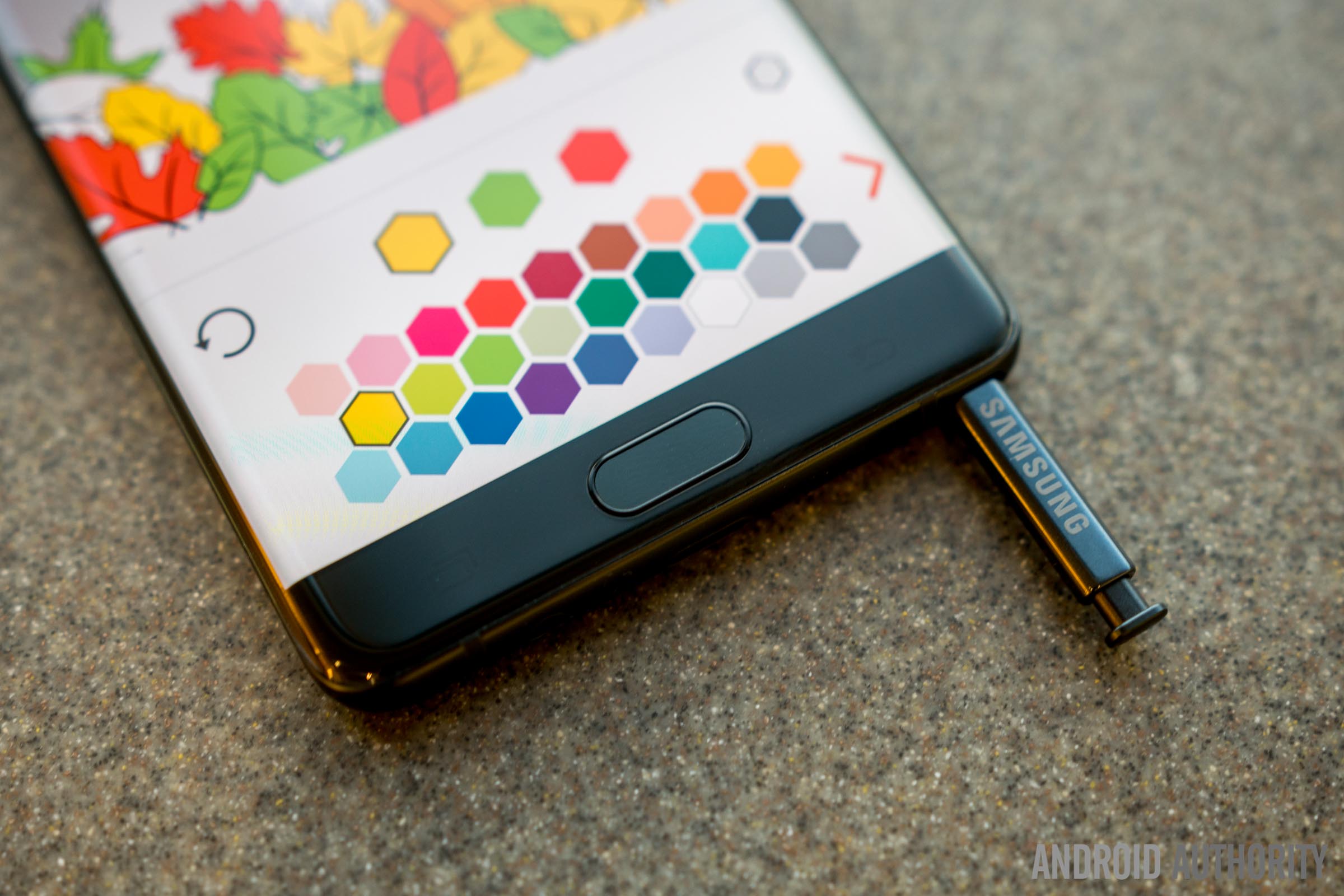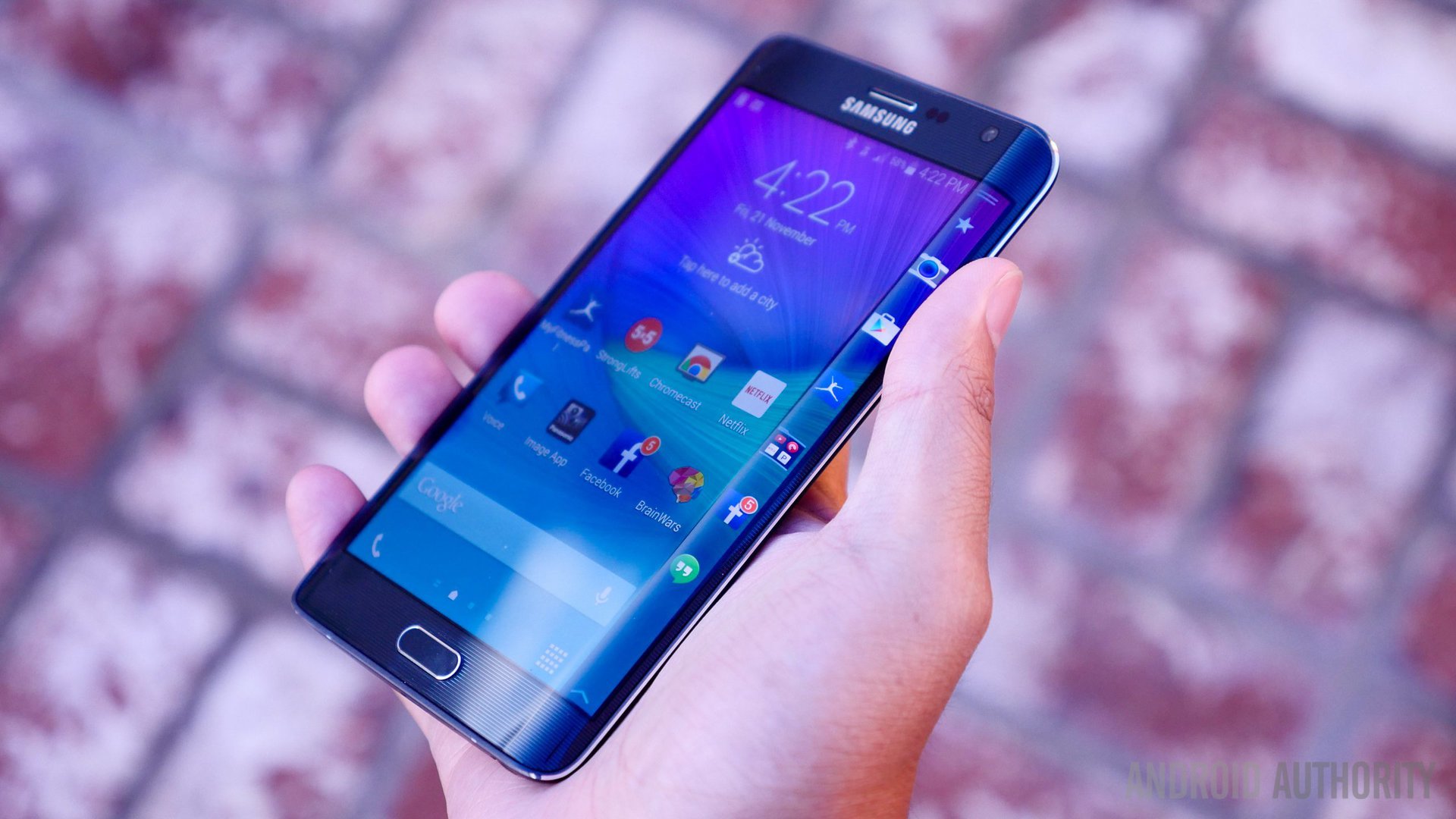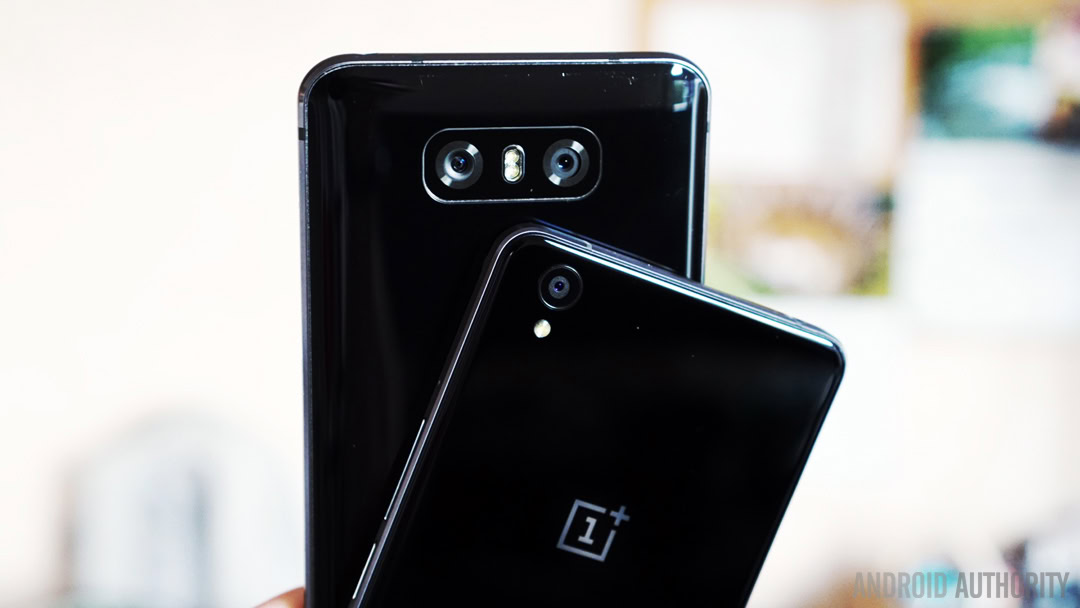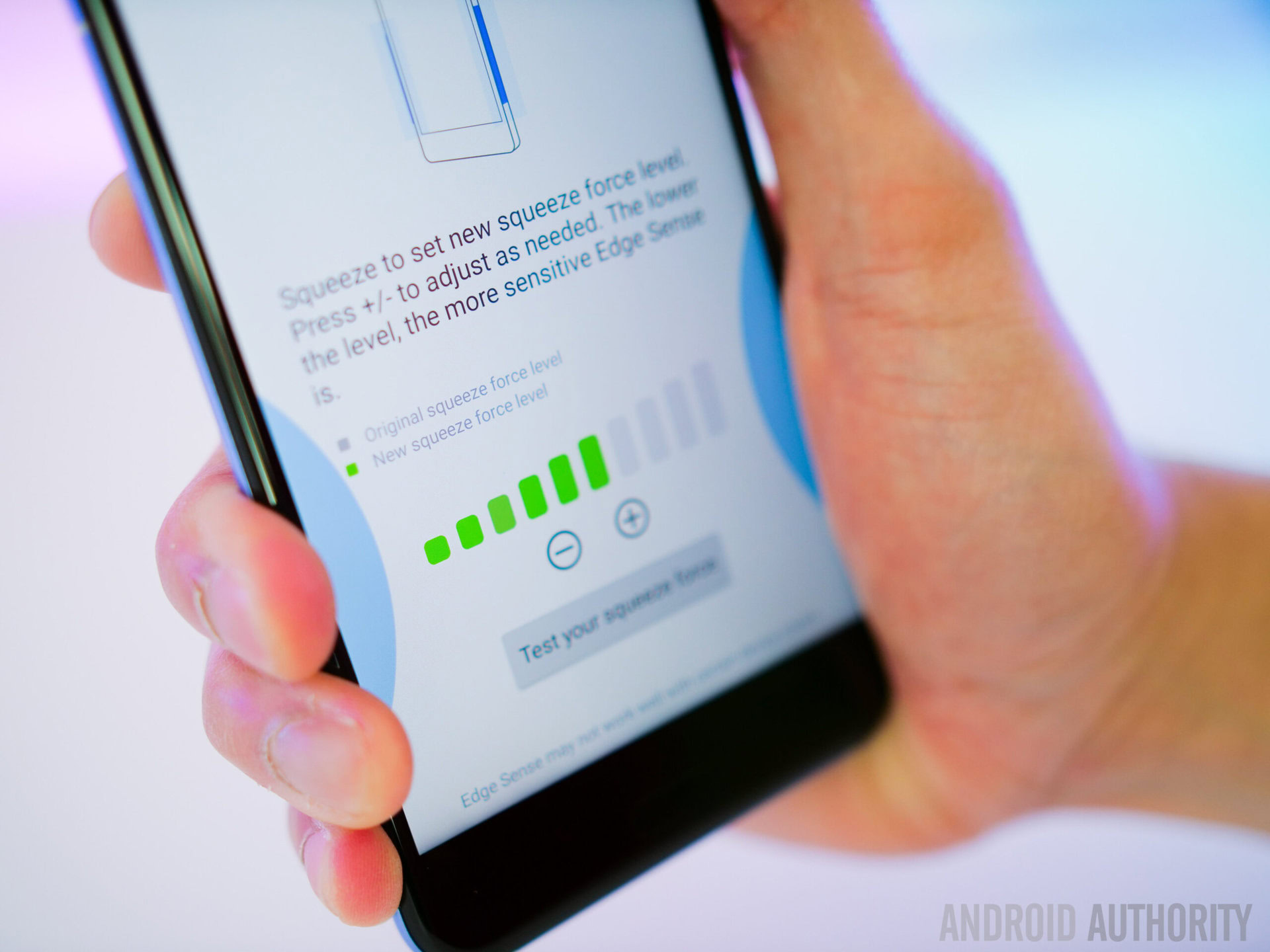Affiliate links on Android Authority may earn us a commission. Learn more.
Why manufacturers should experiment more - the innovations that became a hit

Smartphone manufacturers over the years have tried a little bit of everything in their attempts to innovate. It hasn’t always worked, and we’ve been critical when it doesn’t, but today we come to you in good faith: let’s celebrate those breaking the mold!
Why? Well, trying something new and bold is often fraught with danger. Not just because Apple will come along a few years later and suggest they did it better. But because ideas are expensive and when they don’t work, it hurts.
To give you an example, one of the longest sequences of fails has been modular phones, which have been consistently attempted over the years without much luck. The LG G5 with its hot-swap modular approach was probably the best attempt, and it fell flat.
The much more ambitious Project Ara from Google teased us for three years and never saw the light of day.
At Google I/O, Paul Eremenko introduced Project Ara with the somewhat unfortunate words, “there are lots of challenges … so much so that many said it couldn’t be done at all. But we decided to give it a shot and in ATAP fashion we started by turning statements like ‘it’s impossible’ into numbers.” Sadly, those numbers ended up just becoming a negative on a balance sheet somewhere in Google.
But in the failures there are breakthroughs as well. The Moto Z series has breathed some fresh life into modular bits that can bolt on to a base device. Although it must be admitted that Moto Mods and the single camera accessory for the Essential Phone remain somewhat expensive. More to the point, while modular is clearly still a thing, we are still waiting on that “must have” modular accessory.
But not all experiments turn out quite so troubled. Let’s take a look at some of the innovations that have worked out best.

Samsung Edge display
We first had a taste of the Samsung Note Edge back in 2014 with the single-right edge curved element which was quickly rolled out by Samsung to the Galaxy S6 as well, and then further to both edges of the screen in later releases.
The Edge was a risk for Samsung – it wasn’t immediately obvious as to how having one side of sloped glass might improve your experience. In our review, we said the Edge was a mixed bag: the first of its kind (good), but weird-looking and not well-utilised (bad), with plenty of potential (great), but didn’t always work (very bad).
Fortunately, Samsung improved the experience and the utility, duplicating the curved glass on the other side and reducing bezels everywhere to make the ‘Infinity Display’ – a now-core feature of both the Galaxy S series and the Note series. The ‘Edge’ moniker no longer exists, which is oddly a testament to its success. And the Infinity Display is flippin’ gorgeous across the latest S8 and Note 8.

Disrupting themselves for the better – LG V Series and OnePlus X
LG first put out the V series of smartphones in 2015 to better serve the high-end market, and these devices have been far better received than the G series. At least by the enthusiast market.
The G-series has been more of a safe, every-man device which has struggled a little to find a home, while the V series continues to be souped-up with a healthy niche fanbase enjoying both the bigger displays and the premium features found in areas like the camera and audio quality.
Fast forward a couple of years and we’re now talking about reasons to get the V30 over the Note 8, which would surely bring a smile in the LG offices, even if the V30 will never sell like the Note 8. In its favor though, the V30 is now available in Europe, giving it the first wide release for the V series. However you feel about it, LG’s V series experiment certainly appears to be working.
OnePlus, however, went the other way, offering the mid-range OnePlus X shortly after the flagship OnePlus 2 was released. OnePlus managed to cram plenty into what was a banger of a device at the time, offering what we called “one of the best bang for your buck smartphones of the year.”
It was sleek, well-designed, and while not perfect, had a price-tag that was the counter-argument to any quibble. The OnePlus X probably garnered the most attention of any OnePlus phone thanks in part to its adventurous material choices, boosting knowledge and elevating the brand out of the cheap-yet-possibly-dubious category.
While OnePlus may have had to scrap the X line shortly thereafter – and completely forgot about those that bought it in the process – the device was a testament to the company’s ambitious nature. With more recent OnePlus price tags creeping ever-upward, we may one day see a return of the X as OnePlus’ affordable series.

HTC Edge Sense (squeeze!)
This isn’t quite a bonafide win yet but those with the HTCU11 squeeze feature (or Edge Sense) love it. It’s not an essential function of the device, but with recent software improvements, the squeeze feature can be utilised within any app – a long squeeze takes a screenshot, for example, or you can set it to activate Google Assistant.
We said at the time “It does sound like a weird thing to do, but it is surprisingly intuitive and works extremely well.”
That assessment holds true today, and even more so with in-app improvements and third-party apps doing more too.
The good news for Pixel fans is that as an HTCdevice, there’s reliable hints that the Pixel 2 will carry the squeeze feature as well. Let’s hope this is the start of wider support for an input method that’s in the palm of our hands already.
Motorola gestures
Motorola gestures were and are actually useful, and still exist on all the new Moto devices today. The double-twist launch gesture for the camera is good, while the double chop for flashlight feels a little bit like a superpower – as our own Joshua Vergara demonstrates:
The gestures aren’t exactly mainstream like some others on this list, in that they remain only on Moto and haven’t quite made the jump into the wider Android ecosystem, but they have the potential to. OnePlus devices, for example, also have gestures but they’re all different, so switching between devices still means learning new gesture shortcuts.
The camera twist we can live without, but can the flashlight chop be used everywhere, please?
Winner: Samsung S Pen
This is one of those success stories that depend on your usage, but the S Pen has been an undeniable hit with the Note series and a great innovation over the years. It was good when it was first released, and it’s fantastic now. Apple tried to one-up Samsung with their Pencil for their iPad Pro, but the S Pen remains brilliant in that it doesn’t need charging, slots inside the Note housing, and clicks away snugly. And it doesn’t cost $99.
The screen off memo feature that started with the Note 5 added even more joy – a strongly recommend feature to turn on and utilize. And in this year’s Note 8 you can write up to 100 notes and even animate your written messages to send people as GIFs.

Your turn: Your favorites!
We’ve touched on some of the innovations we hold dear – but what was your favorite “experimental” feature in a phone? It might not have survived for long, but we all have that one gimmick or innovation that truly spoke to us. Fans of the IR blaster, the FM transmitter, or even 4.2-inch screens hit the comments and share your favorites. While we realize taking risks is a costly and dangerous habit to get into for an OEM, we applaud those that keep pushing the boundaries.